Boosting customer comfort starts with the right HVAC system size for homes and businesses. Getting the size right is crucial for a comfortable indoor space and saving energy.
Choosing the right equipment means matching it to the actual heating and cooling needs. This takes into account the building’s design, insulation, and how it’s used. The right size ensures the system works well without problems like short cycling or poor temperature control.
Proper sizing does more than just make people comfortable. It also improves air quality and lowers energy costs. A well-sized system uses less energy, cuts down on bills, and reduces wear on parts. It also keeps humidity levels right, which is key for comfort and health.
To make customers happier, customize HVAC solutions for each space. This leads to better temperature control, cleaner air, and savings on energy bills. Let’s see how to find this balance and create the ideal indoor climate for your customers.
Understanding the Importance of Right-Sizing HVAC Systems
Getting your HVAC system the right size is key for great performance and comfort at home or work. A system that fits your space well works better, saves on energy bills, and keeps the indoor climate just right. Let’s dive into why right-sizing matters and its perks.
Definition of Right-Sizing HVAC
Right-sizing your HVAC means picking a system that meets your space’s heating and cooling needs perfectly. You need to think about your building’s size, insulation, and the local weather. A system that’s the right size works efficiently, keeps you comfortable, and doesn’t waste energy.
Benefits of Proper System Sizing
Choosing the right size for your HVAC system brings many benefits:
- Lower energy bills because it’s more efficient
- Less wear and tear on your equipment
- Better control over humidity
- A longer life for your system
- More comfort in every room
Impact on Customer Comfort and Energy Efficiency
A system that’s the right size makes a big difference in comfort and energy use. It keeps temperatures steady, gets rid of hot or cold spots, and controls humidity. This means it doesn’t turn on and off too much, saving energy and cutting down on bills and pollution.
| Aspect | Oversized System | Right-Sized System | Undersized System |
|---|---|---|---|
| Energy Efficiency | Poor | Excellent | Poor |
| Comfort Level | Inconsistent | Optimal | Inadequate |
| Humidity Control | Poor | Excellent | Poor |
| System Lifespan | Shorter | Longer | Shorter |
| Operating Costs | Higher | Lower | Higher |
Knowing how important it is to size your HVAC system right helps you make smart choices. This leads to better comfort, saves on energy, and ensures you’re happy with your heating and cooling setup for years to come.
Key Factors in HVAC Load Calculation
Getting the right HVAC load calculation is key for a system that works well and saves energy. You must look at several important factors for comfort and efficiency in your building. Let’s dive into what makes sizing right.
The building’s envelope is crucial for HVAC needs. This includes walls, roofs, windows, and doors that keep the inside and outside separate. Good insulation in these areas can cut down on your HVAC’s workload.
Internal loads are also vital. They come from the heat of people, lights, and machines inside. Knowing how a building is used and how many people are in it helps figure out these loads.
Temperature and humidity levels matter too. Different parts of a building need different conditions. For instance, a data center and an office have different needs.
| Factor | Impact on HVAC Load |
|---|---|
| Building Orientation | Affects solar heat gain |
| Occupancy | Influences internal heat generation |
| Lighting | Contributes to heat load |
| Equipment | Adds to internal heat generation |
Working with architects early on can make your building more energy-efficient. This teamwork helps plan for shading and choose the right materials. These steps can greatly affect how big your HVAC system needs to be.
Don’t forget to think about the energy needed to warm up after drying out the air. This is especially true for places like labs that need strict humidity control. This often missed detail can really change your HVAC load calculations.
Tools and Techniques for Accurate HVAC Sizing
Getting the right size for your HVAC system is key for comfort and efficiency. Today’s tools have changed how experts design and pick systems. Let’s look at some important technologies for precise sizing.
Computer Modeling and Energy Calculators
Now, HVAC pros use advanced computer models and energy calculators to find out what your system needs. They look at building size, insulation, and local weather to get accurate loads. By entering specific details, you can see exactly what your building needs for energy.
Equipment Selection Programs
Equipment selection programs make picking the right HVAC system easy. They use your building’s details to suggest the best units. These programs check how well systems work under different loads, making sure they can handle changes all year.
Dynamic Thermal Simulation Tools
Tools like EnergyPlus do a deep dive into your building’s needs. They make virtual models to see how your building will react in real situations. This lets you adjust your HVAC for the best efficiency and comfort.
| Tool Type | Primary Function | Benefits |
|---|---|---|
| Energy Calculators | Load Calculation | Precise energy requirement assessment |
| Equipment Selection Programs | System Recommendation | Optimal HVAC unit matching |
| Thermal Simulation Tools | Performance Prediction | Detailed system behavior analysis |
Using these advanced tools ensures your HVAC fits your building perfectly. This means better energy use, lower costs, and more comfort for everyone inside.
Common Mistakes to Avoid in HVAC System Sizing
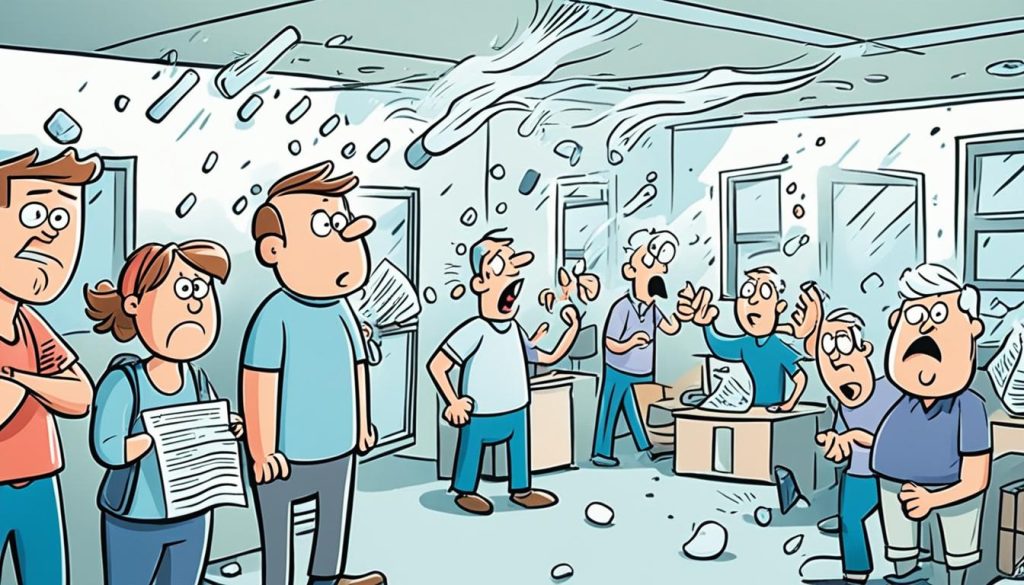
Making mistakes in HVAC sizing can cause discomfort and waste energy. It’s important to know these errors to avoid them in your heating and cooling system. Let’s look at common mistakes and how to avoid them.
Using old methods is a big mistake. The old rule of thumb often leads to systems that are too big or too small. Instead, use modern software for a precise fit to your building.
Thinking “bigger is better” is also a trap. A system that’s too big will cycle on and off too much, hurting efficiency and comfort. It’s important to size your system right, based on your actual needs, not guesses.
An undersized system also has big problems. It can’t keep up with the temperature you want, making it wear out faster and cost more to run. Getting the size right means your system works better and lasts longer.
- Neglecting architectural design changes
- Ignoring building envelope improvements
- Failing to consider ductwork limitations
- Overlooking zoning requirements
To dodge these mistakes, team up with experts. They’ll look at everything from insulation to window placement. This ensures your system is just the right size for your space.
How to Enhance Customer Comfort Through Precise HVAC System Sizing
Getting the right size for your HVAC system is key to making customers happy. By following the best practices for HVAC installers, you can make sure your system works well and saves energy. Let’s look at how to make your customers more comfortable with the right size.
Aligning Calculations with Architectural Design
Working with architects is important for sizing your HVAC system right. They know about the building’s layout, where windows are, and how rooms face. This teamwork helps you get a precise load calculation and a better system.
Considering Building Envelope Assumptions
The way a building is built affects how much HVAC it needs. When figuring out insulation, air tightness, and thermal mass, be realistic but not too optimistic. Talking often with clients helps set clear expectations and explain why you’re making certain choices.
Balancing Equipment Size and Future Flexibility
It’s important to make HVAC systems that can grow with the needs of the building. Using modular designs lets you add or change things easily. This way, your system can keep up with new requirements without losing its current performance.
- Revisit projects after 2-3 years of operation
- Collect data to improve future designs
- Adjust sizing calculations based on real-world performance
By using these tips, you’ll make your customers more comfortable with your HVAC system sizing. Always check and tweak your methods to keep getting the best results.
The Role of Programmable Thermostats in Comfort Enhancement
Programmable thermostats are changing how we enjoy our homes and save energy. They let you set schedules for the temperature, making sure your home is just right when you need it. This automation helps your HVAC system work better and cuts down on energy waste.
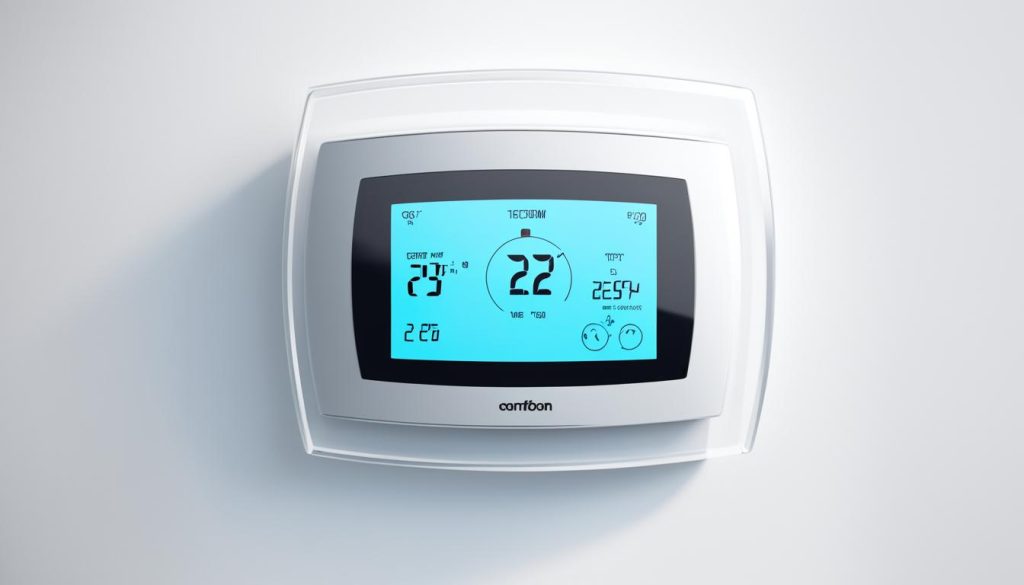
Programmable thermostats work great with zoned heating and cooling systems. This setup lets you control different temperatures in different areas of your home. For instance, you can cool the bedrooms at night and keep the living areas warm during the day.
Energy Savings with Smart Temperature Management
Using programmable thermostats can really lower your energy bills. These devices change the temperature when you’re not home or asleep, saving on heating and cooling. Many people save 10-15% on their energy bills each year with these thermostats.
| Feature | Benefit |
|---|---|
| Scheduled temperature changes | Optimized comfort and energy use |
| Remote access | Control from anywhere via smartphone |
| Learning capabilities | Adapts to your preferences over time |
| Integration with zoned systems | Tailored comfort in different areas |
When you pair programmable thermostats with zoned heating and cooling, you get total control over your home’s climate. You can set different temperatures for each zone, meeting everyone’s needs. This customization boosts comfort and helps you use energy more efficiently.
Importance of Regular Maintenance for Optimal HVAC Performance
Regular HVAC maintenance keeps your system efficient. It helps improve indoor comfort and cuts energy bills. Let’s look at key maintenance tasks for better performance.
Filter Replacement Schedule
Changing your HVAC filters is key. Most homes need new filters every three months. If you have pets, change them monthly. Clean filters make air quality and system efficiency better.
Ductwork Cleaning
Clean ducts help air move well in your home. Get professional ductwork cleaning every three to five years. This stops dust from building up and keeps the system efficient.
Preventative Maintenance Benefits
Regular HVAC maintenance has many benefits:
- Extended equipment life
- Reduced energy consumption
- Improved air quality
- Prevention of unexpected breakdowns
| Maintenance Task | Frequency | Benefits |
|---|---|---|
| Filter replacement | Every 1-3 months | Improved air quality, better system efficiency |
| Ductwork cleaning | Every 3-5 years | Enhanced air distribution, reduced allergens |
| Professional tune-up | Annually | Increased system lifespan, optimized performance |
By focusing on these maintenance tasks, your HVAC system works better. It stays comfortable all year and saves on energy costs.
Additional Strategies for Improving Indoor Comfort
Your home’s comfort is more than just the right temperature. The air quality inside is also key to a cozy living space. Let’s look at some ways to make your indoor environment better.
Air purification systems change the game for indoor comfort. They take out harmful particles, allergens, and smells from your air. With a whole-home air purifier, you can breathe easier and have cleaner air everywhere in your house.
Natural ventilation is a simple yet effective way to improve air quality. Open windows when it’s nice outside to let fresh air in. This cuts down on indoor pollutants. Just don’t forget to turn off your HVAC while doing this to save energy.
Indoor plants are more than just pretty. They act as natural air purifiers. Plants like Peace Lily, Spider Plant, and Aloe Vera can clean your indoor air of harmful pollutants. They also bring a bit of nature into your home.
| Strategy | Benefits | Implementation Tips |
|---|---|---|
| Air Purification Systems | Removes allergens, odors, and particles | Install whole-home system or use portable units |
| Natural Ventilation | Improves air circulation, reduces indoor pollutants | Open windows during moderate weather, turn off HVAC |
| Indoor Plants | Natural air purification, aesthetic appeal | Choose air-purifying species, place in well-lit areas |
Using these strategies together can make your indoor space healthier and more comfortable. Remember, having good indoor air quality is crucial for a cozy home.
Conclusion
HVAC system optimization is key to better comfort and saving energy. Getting the right size for your system boosts air quality and cuts energy bills. It makes sure your system works well, avoiding the issues of too big or too small equipment.
Using tools like computer models and energy calculators helps size your HVAC right. Regular upkeep, like changing filters and cleaning ducts, keeps your system efficient. Adding programmable thermostats lets you control the temperature all day.
Optimizing your HVAC means looking at your building’s design and how it’s used. This includes the building’s envelope, architectural details, and future needs. By considering these, you make your indoor space more comfy and efficient.
The aim of HVAC optimization is more than just heating and cooling. It’s about making a space where people are comfortable and productive, while using less energy. With the right methods, you can boost comfort and save energy, making your spaces better and cheaper to run.

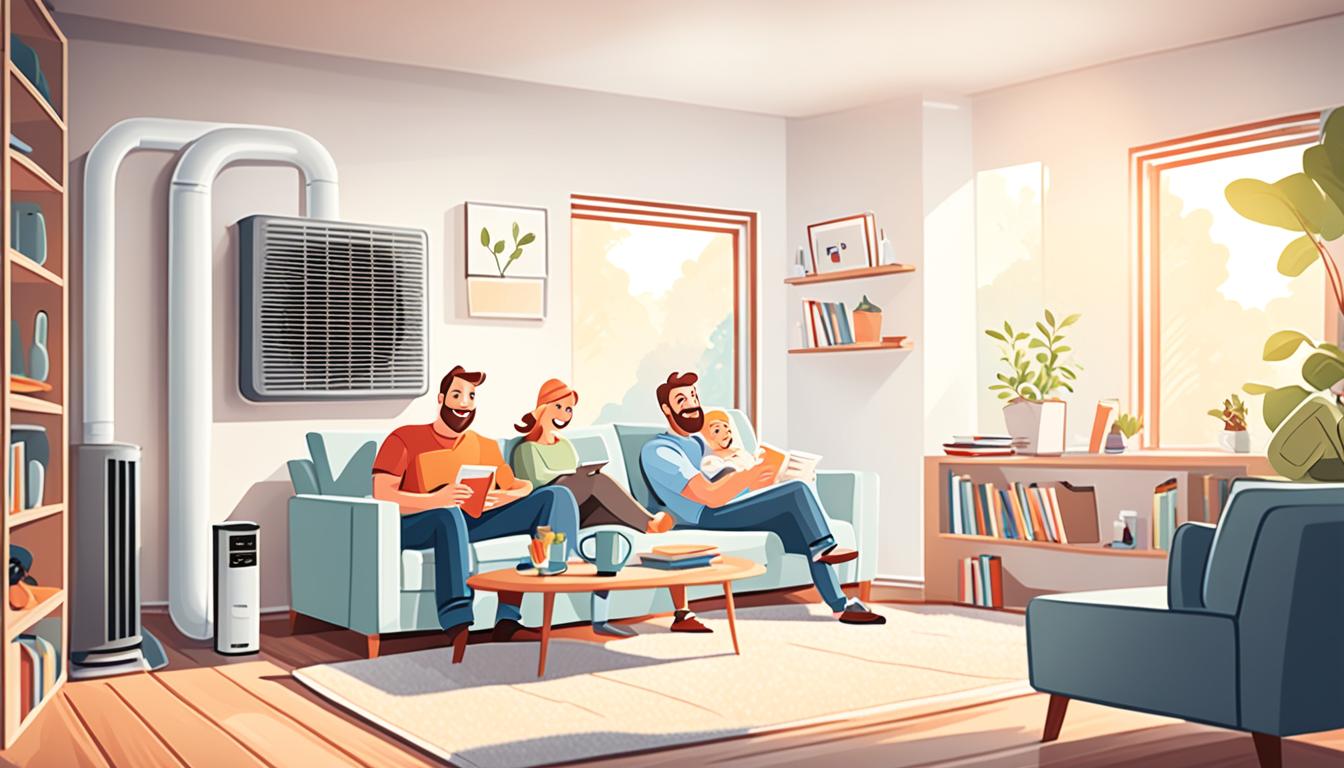

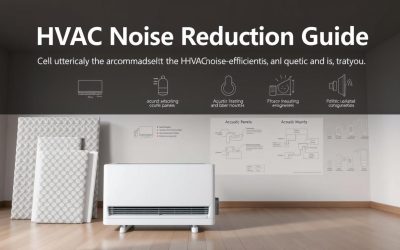
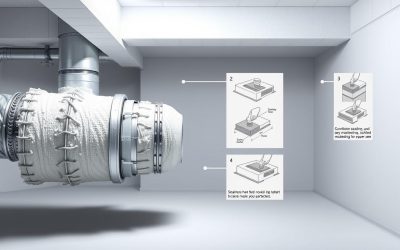
0 Comments